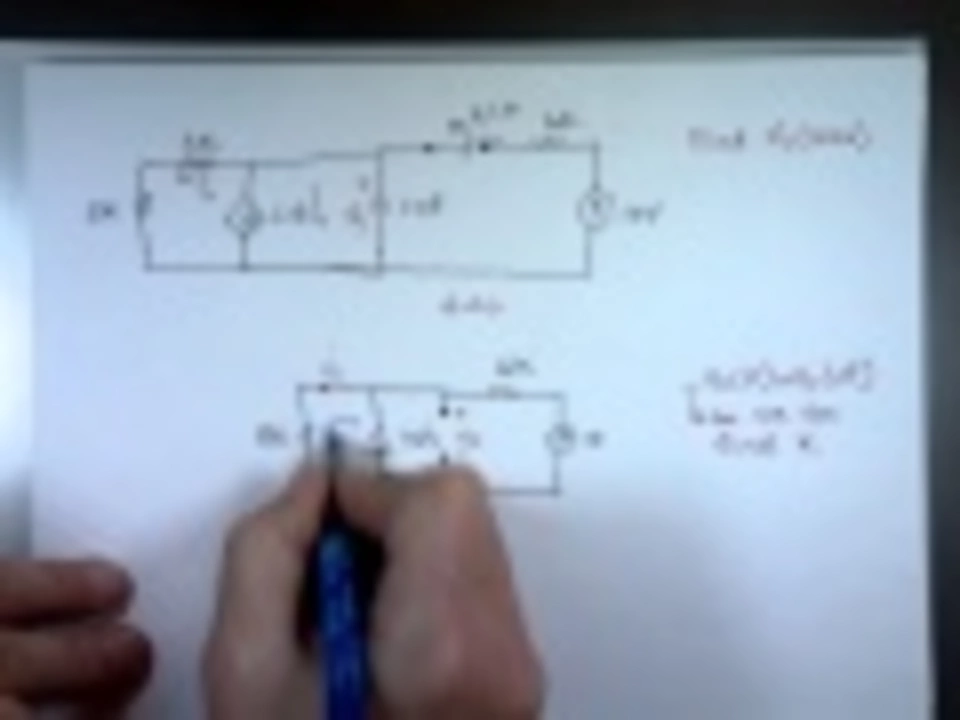RC circuit explained: time constant, charge/discharge and real uses
Ever wondered how a simple resistor and capacitor can shape signals, delay pulses, or filter noise? That’s the RC circuit. It’s one of the easiest and most useful circuits you’ll meet in electronics. You can use it to smooth power rails, make tone controls, create timing delays, or protect inputs from fast spikes.
At its heart an RC circuit has just two parts: a resistor (R) and a capacitor (C). Connect them in series with a voltage source and you get predictable behavior when the voltage changes. The key idea is the time constant, written as τ = R × C. That single number tells you how fast the capacitor charges or discharges.
How charging and discharging work — simple math you can use
When you step a voltage onto the series RC, the capacitor voltage Vc(t) follows this rule: Vc(t) = Vsource × (1 − e^(−t/τ)). After one time constant (t = τ) the capacitor reaches about 63% of the final voltage. After 3τ it’s near 95%, and after 5τ it’s almost fully charged (about 99%).
For discharging (when the source is removed and the capacitor leaks through R), the voltage falls as Vc(t) = Vinitial × e^(−t/τ). That same τ controls how quickly the voltage decays. These formulas let you size R and C to get delays or cutoff frequencies you need.
RC filters, cutoff frequency and real examples
Use the same resistor and capacitor in different arrangements to make basic filters. A simple RC low-pass keeps slow changes and removes fast ones. Its cutoff frequency is fc = 1 / (2πRC). If you want to block low frequencies and pass highs, flip the positions for a high-pass filter with the same cutoff formula.
Practical examples: use an RC low-pass to smooth a PWM output into an analog voltage for sensors. Use a high-pass to remove DC offset from a microphone signal. For timing, pick R and C so τ matches the delay you want — e.g., R = 100kΩ and C = 10µF gives τ = 1s for a simple one-second timer.
Component choices matter. Pick a capacitor with suitable voltage rating and low leakage for timing. Ceramic caps are cheap and stable for many filters; electrolytic or tantalum suit higher capacitances but check polarity. Choose resistors with power rating above expected dissipation and a tolerance that matches how precise your time or cutoff needs to be.
Measurement tips: use an oscilloscope to watch charging curves and verify τ. If you don’t have one, a multimeter with a fast logging function can help. Watch out for parasitic resistance and wiring capacitance — on breadboards big capacitors or long leads can change results noticeably.
Troubleshooting quick wins: if timing is off, check cap polarity and leakage, reduce lead length, or swap in a known-good capacitor. If a filter isn’t cutting noise enough, lower the cutoff by increasing R or C, but be aware larger R can make the circuit sensitive to input bias currents.
RC circuits are simple but powerful. Once you get comfortable with τ and fc, you’ll start spotting them everywhere — in power supplies, audio circuits, sensors and timing networks. Tweak values, test on a breadboard, and you’ll get practical results fast.

What is the time constant for a RC circuit?
A RC circuit is a simple electronic circuit that consists of a resistor and a capacitor connected in series. The time constant for a RC circuit is the time it takes for the capacitor to reach about 63.2% of its maximum charge. This is equal to the product of the resistance and capacitance of the circuit. The longer the time constant, the slower the capacitor charges, which can be beneficial in certain applications. When designing a RC circuit, it is important to take into account the time constant, as this affects the performance of the circuit.